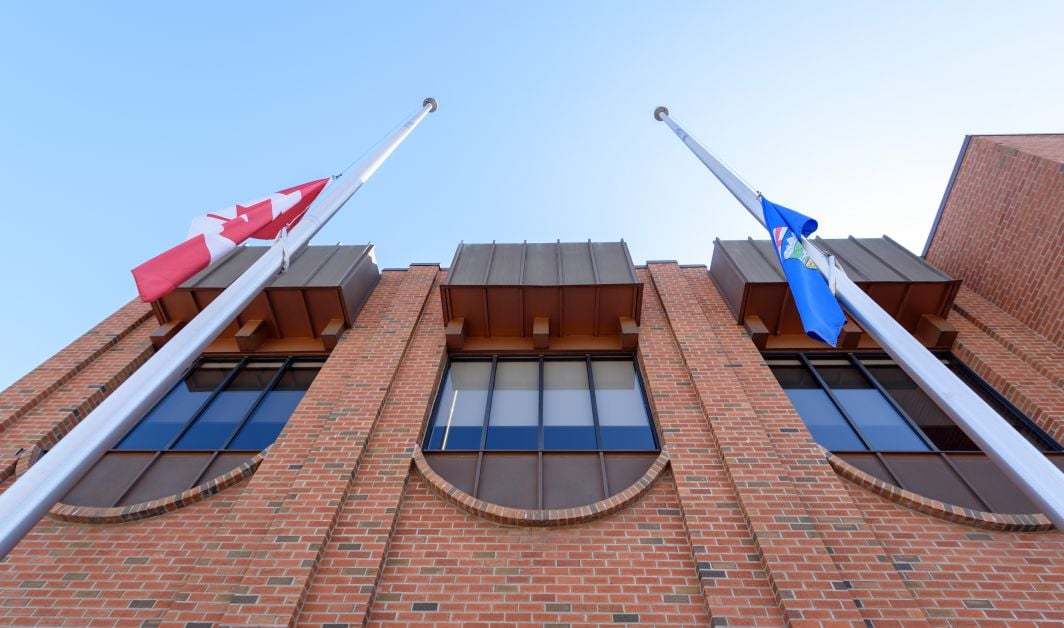
The roots of the Chambers family are embedded deep in the soil of southern Alberta, providing a solid foundation for the future.
In June 2009, the family served buffalo burgers as they hosted 300 people to celebrate their Century Farm and Ranch Award. So much has changed since Clyde and Ivy Chambers worked the homestead Clyde established in 1909 after coming from Indiana, says great-grandson Gary Chambers.
“Farming has become increasingly complex, with in-field technology/agronomy, managing global markets, public perception and environmental stewardship,” Gary says. “Farmers of today and the future must be multifaceted in their skill set to survive. I am very lucky to have spent 20-plus years working and learning from my parents and I carry those lessons with me daily.”
Mick and Margaret Chambers set the example for Gary and his three sisters, from the hard work needed to keep the operation going to helping out in the community. In 1963, the couple moved to the half section established by Clyde and Ivy.
They started out with a mixed farm, but gradually acquired more cultivated land and shifted to just growing wheat, barley and canola. Their four children — Wanda, Sherry, Marleen and Gary — were brought up on the farm and learned to look after the land that sustained them.
“We’ve nurtured the family’s love of the land and we respect the responsibility that came with that,” Mick says. “We were thankful for the support and assistance of our families that gave us the opportunity to establish our lives on the farm.”
“The love of family and farm enriched our lives. There is no better way of life,” Margaret adds.
Part of that lifestyle is contributing to the community, whether it’s Mick and Margaret always lending a hand whenever needed or their 50-year membership in the Sunbeam Community Society. The 2020 BMO Farm Family for Starland County’s involvement in the community is long and deep, from the Morrin Figure Skating Club to the Morrin Lions Club to the Starland County Recreation Board.
Gary and Martha met while earning their bachelor’s degrees in physical education from the University of Alberta. After graduation, they returned to make their home on a nearby farm site that was originally Margaret’s parents. The couple worked together with Gary’s parents and expanded the land base, adopting new technologies and methods along the way. Now that Mick and Margaret have retired to town life in Drumheller, Gary and Martha run the two operations together, with help from their son, Chase.
“Farming has, and always will be, our way of life. We’ll continue to manage, conserve and adopt the most sustainable practices that ensure the productivity and health of the soil for future generations,” Gary says.
In addition to farming, Gary has an established career as a Realtor. He’s also a runner, cross-country skier, endurance mountain bike racer, hockey player and self-confessed “endorphin junkie.” He merges his passions for fitness and agriculture in Fit Farmer, a podcast he co-hosts that promotes an active lifestyle to those living in rural communities. He also spreads the message through social media and his TractorView blog.
“Within the industry, it’s so important to promote mental and physical health,” Gary says.

















